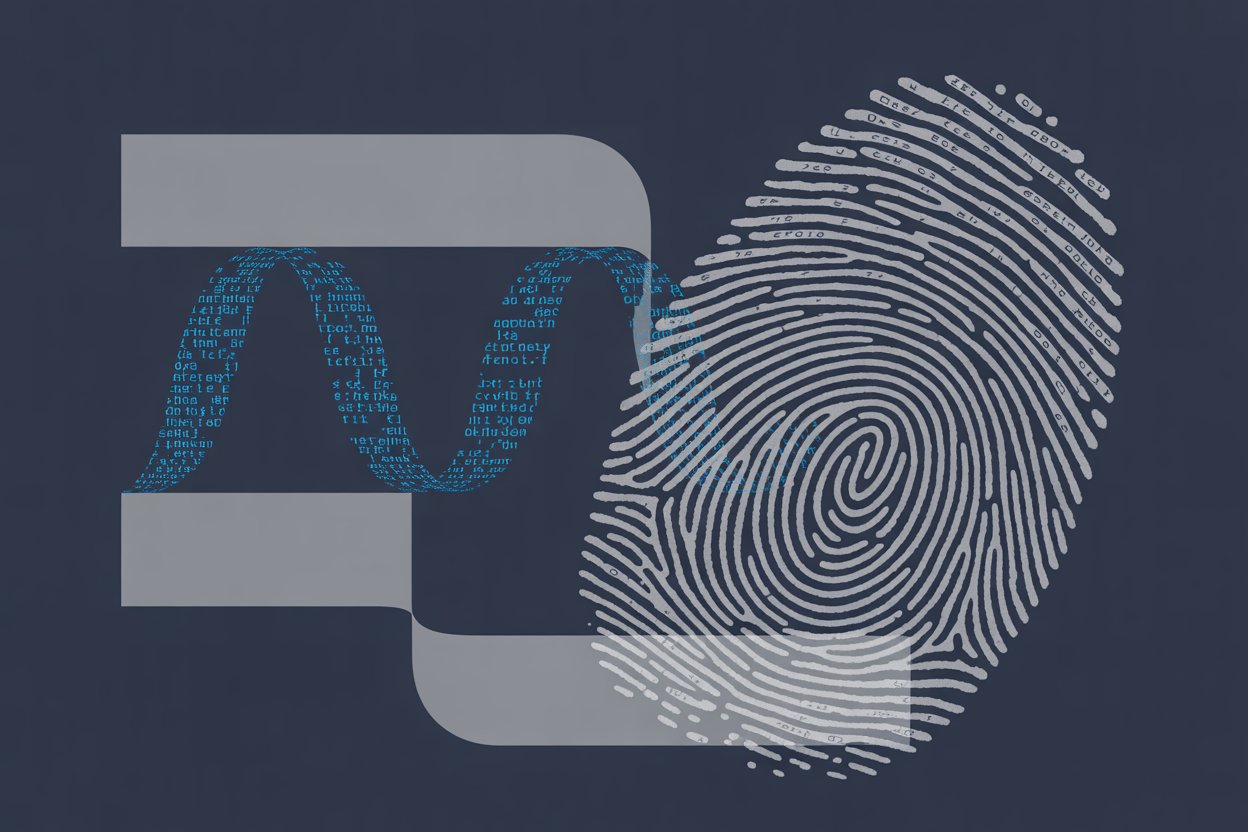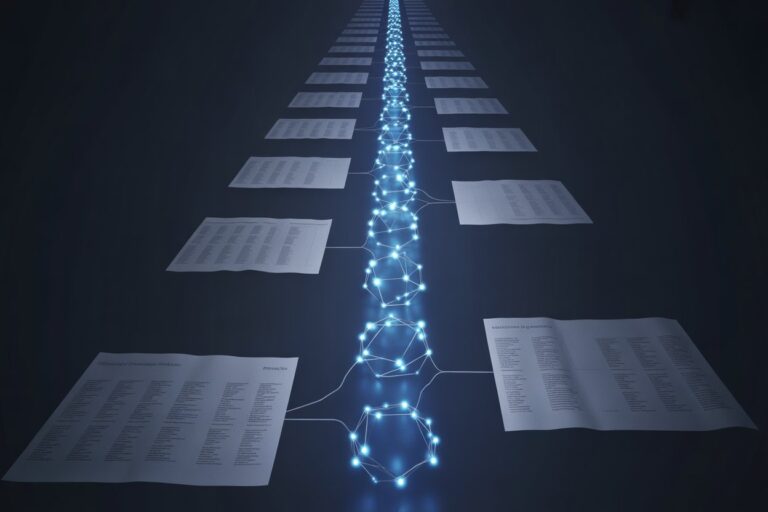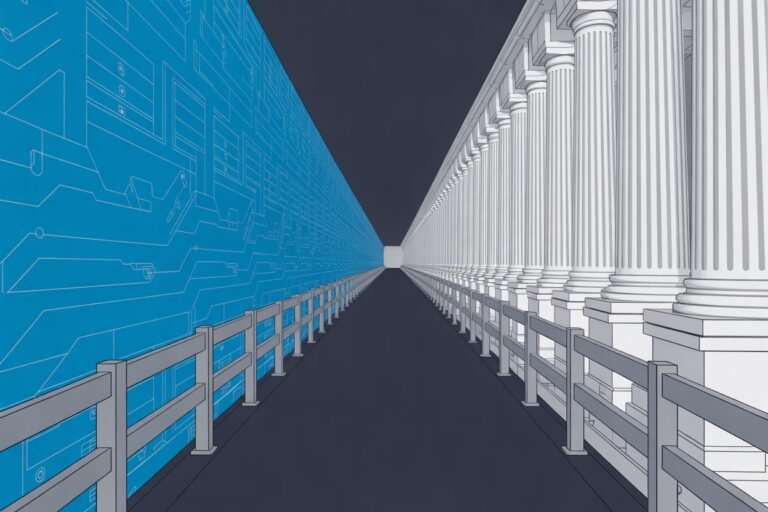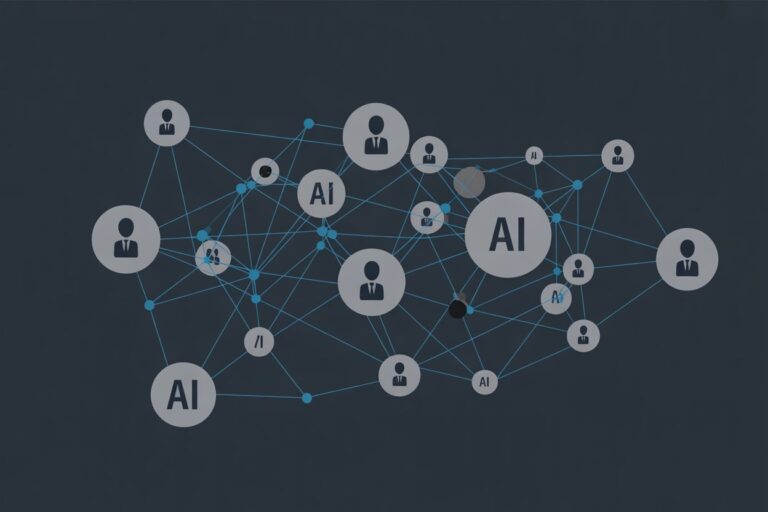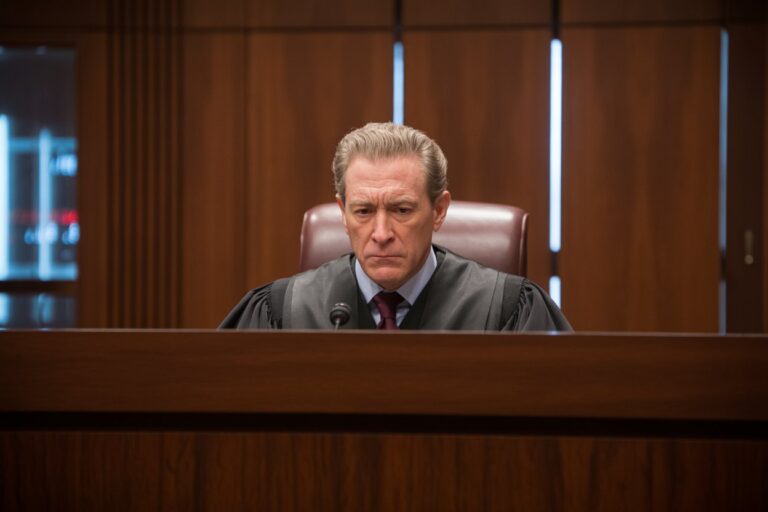Beyond Human Hands: The Uncertain Copyright of AI-Drafted Law
As artificial intelligence begins drafting legal memos, briefs, and even law review articles, the question of who owns the resulting words has become a live legal experiment. Courts and copyright offices from Washington to Brussels are now testing whether authorship, a concept rooted in human intellect, can survive automation, or whether the law must invent a new category for machine creativity.
The Human Requirement
The U.S. Copyright Office has drawn a bright line: works “produced by a machine without human authorship” are not copyrightable. That stance was affirmed in Thaler v. Perlmutter, when a federal judge in Washington, D.C., ruled that Stephen Thaler’s AI-generated artwork could not be registered because it lacked a human author. The decision was upheld on appeal by the D.C. Circuit in March 2025, preserving a centuries-old principle that creative ownership presumes human origin.
The Office’s high-profile 2023 Zarya of the Dawn ruling reinforced the point by limiting copyright protection for a graphic novel. While artist Kristina Kashtanova received protection for the text and arrangement, images generated entirely by Midjourney were excluded from copyright. The Office’s January 2025 report on copyrightability further clarified that what counts now is the human’s “substantial creative control,” a threshold that many AI-assisted legal texts may not meet.
The Gray Zone of Hybrid Authorship
Hybrid authorship occupies contested territory in copyright doctrine. The Copyright Office’s March 2023 guidance requires applicants to disclose any AI assistance and to identify which elements reflect human input. The Office’s Compendium of Practices explicitly states it “will not register works produced by a machine or mere mechanical process” without creative human input, a position reaffirmed in its January 2025 report on copyrightability. That rule echoes the European Union’s view that originality depends on human creative choice under the Copyright in the Digital Single Market Directive.
Yet few know where the line falls. A lawyer who substantially edits a machine-drafted brief might be an author, but a partner who merely prompts a system may not. The distinction matters because it determines who can claim ownership, enforce rights, and be held accountable for errors. Contracts are quietly absorbing this uncertainty: many firms now assign or disclaim ownership of AI-assisted work to clients outright, hedging against later disputes.
AI in Legal Practice: Ethics and Ownership
Inside the profession, authorship carries ethical weight. Model Rule 1.1 requires competence in technology, while Rule 1.6 demands protection of client confidences. If an AI system drafts a motion or research memo, is that text proprietary or privileged? The ABA Task Force on Law and Artificial Intelligence warned in its August 2024 report that AI-generated work product could expose confidential data or create uncertain ownership of legal drafts.
Even if copyright were recognized, many filings become public records upon submission, making proprietary claims largely symbolic. More pressing is the question of liability: when an AI-drafted brief contains hallucinated citations or inaccurate statements of law, who is responsible? In Mata v. Avianca, Inc. (S.D.N.Y. 2023), Judge P. Kevin Castel imposed $5,000 in sanctions on attorneys who submitted fake legal precedents generated by ChatGPT. The court found the lawyers acted with “subjective bad faith” under Federal Rule of Civil Procedure 11 when they cited six nonexistent cases with fabricated quotes and internal citations. Courts have since issued numerous similar sanctions, underscoring that technological assistance does not diminish professional accountability.
Documentation and Best Practices
For lawyers seeking copyright protection in AI-assisted work, documentation has become essential. The Copyright Office evaluates whether AI contributions result from “mechanical reproduction” or from a human author’s “own original mental conception” on a case-by-case basis. Best practices emerging from the field include:
- Maintaining detailed records of the creative process, including prompts, iterations, and human modifications
- Documenting the specific AI tools used and their role in the creation process
- Preserving evidence of substantial human editing, restructuring, or original analysis
- Including AI-use disclosures in engagement letters and work product
- Implementing firm policies that specify ownership allocation for AI-assisted work
- Verifying all AI-generated citations and legal authority before submission
Several law firms have adopted internal protocols requiring attorneys to track their use of generative AI tools and to certify that any AI-generated content has been independently reviewed and verified. These measures serve dual purposes: supporting copyright claims while also satisfying ethical obligations of competence and diligence.
Practical Guidance: What Lawyers Should Do Now
- Before Using AI: Review Comment 8 to Model Rule 1.1, which requires lawyers to “keep abreast of changes in the law and its practice, including the benefits and risks associated with relevant technology”
- During Drafting: Keep contemporaneous notes of all prompts, AI tool versions, and human modifications to establish authorship claims
- Before Filing: Independently verify every citation, quote, and statement of law—no exceptions
- With Clients: Discuss AI use in engagement letters and obtain informed consent regarding ownership and confidentiality implications
- For Work Product: Include disclaimers identifying AI-assisted sections and the extent of human contribution
International Contrasts
Abroad, lawmakers have tried to code authorship into statute. The United Kingdom’s Copyright, Designs and Patents Act 1988, Section 9(3), designates the “person making the arrangements” for computer-generated works as author, a pragmatic but controversial fix. The provision has drawn criticism as potentially unnecessary and overly broad, with recent scholarship questioning whether it should be repealed.
The European Court of Justice, by contrast, has held through cases like Infopaq International A/S v. Danske Dagblades Forening (C-5/08, 2009) that only human originality counts. Under EU law, protected works must be “the author’s own intellectual creation,” a standard that excludes purely machine-generated output.
In Asia, approaches vary significantly. Japan’s Copyright Act, amended in 2019, includes Article 30-4, which permits broad use of copyrighted works for AI training, even for commercial purposes—making it one of the world’s most AI-permissive jurisdictions. However, Japan has not resolved the authorship question for AI outputs themselves. China’s Interim Measures for Generative AI Services (2023) require AI providers to respect intellectual property rights but provide limited clarity on ownership of AI-generated works. The global pattern remains clear: copyright still tracks human intention, not algorithmic output.
Private Ordering and Market Solutions
In practice, ownership questions are being solved through private ordering. Law firms, publishers, and tech vendors are rewriting contracts to specify that any AI-assisted text belongs to the commissioning client, not the machine or developer. Licensing terms from providers such as OpenAI treat outputs as user-owned but warn that underlying models may reuse similar phrasing across different users.
This contractual approach sidesteps the copyright question entirely. Rather than waiting for courts to determine whether AI-assisted work qualifies for protection, parties simply allocate ownership by agreement. The risk is that such arrangements may not be enforceable against third parties who independently create similar work using the same AI system.
The World Intellectual Property Organization has launched initiatives examining AI and intellectual property, seeking to standardize disclosure practices and promote international consensus. Its ongoing “WIPO Conversation on IP and Frontier Technologies” series has convened multiple sessions throughout 2024 addressing training data, AI outputs, and copyright infrastructure, bringing together stakeholders from over 170 countries. Yet agreement remains elusive. For now, copyright over AI-generated legal writing is less a right than a negotiation.
The Future: Beyond the Human Author Requirement
The next frontier is definitional. As more filings, contracts, and commentaries emerge from large language models, courts will confront derivative-work claims and disputes over the “sweat of the prompt”—whether the effort invested in crafting effective prompts constitutes sufficient creative contribution to warrant copyright protection.
Legislators may eventually craft a middle category for AI-assisted creation, recognizing human selection and curation without granting full authorship rights. Such a framework might resemble protections for compilations or databases, where copyright covers the arrangement rather than the underlying elements. Another possibility is a sui generis right, something less than copyright but more than nothing, designed to encourage investment in AI development while preserving the human authorship requirement for traditional works.
Until then, ownership of machine-written law will rest on disclosure and accountability. In the courtroom and the copyright office alike, the author still matters because someone must answer for the words. As generative AI becomes ubiquitous in legal practice, the profession faces a fundamental question: whether authorship doctrine can adapt to recognize human-machine collaboration, or whether new legal categories must emerge to accommodate a technology that challenges the very concept of creative origin.
Sources
- ABA Task Force on Law and Artificial Intelligence, “Year I Report on the Impact of AI on the Practice of Law” (August 2024)
- ABA Model Rules of Professional Conduct, Rule 1.1: Competence, Comment 8
- U.S. Copyright Office, “Copyright and Artificial Intelligence” initiative and reports (2023-2025)
- U.S. Copyright Office, Compendium of U.S. Copyright Office Practices, Third Edition, Chapter 300: Copyrightable Authorship
- U.S. Copyright Office, “Copyright and Artificial Intelligence, Part 2: Copyrightability” (January 29, 2025)
- U.S. Copyright Office, “Zarya of the Dawn” Decision (February 21, 2023)
- Thaler v. Perlmutter, No. 23-5233 (D.C. Cir. March 18, 2025); 687 F.Supp.3d 147 (D.D.C. 2023)
- Mata v. Avianca, Inc., No. 1:2022cv01461 (S.D.N.Y. June 22, 2023)
- European Union, Directive (EU) 2019/790 on Copyright in the Digital Single Market (April 17, 2019)
- United Kingdom, Copyright, Designs and Patents Act 1988, Section 9(3)
- Infopaq International A/S v. Danske Dagblades Forening, Case C-5/08 (CJEU July 16, 2009)
- Japan Copyright Act, Article 30-4 (effective January 1, 2019)
- Japan Agency for Cultural Affairs, “Perspectives Regarding AI and Copyright” (March 15, 2024) [English analysis]
- China, Interim Measures for the Management of Generative Artificial Intelligence Services (July 2023) [English translation]
- World Intellectual Property Organization, WIPO Conversation on IP and Frontier Technologies (2020-2025)
This article was prepared for educational and informational purposes only. It does not constitute legal advice and should not be relied upon as such. All cases, statutes, and sources cited are publicly available through court filings, government websites, and reputable legal publications. Readers should consult professional counsel for specific legal or compliance questions related to AI use in their practice.

